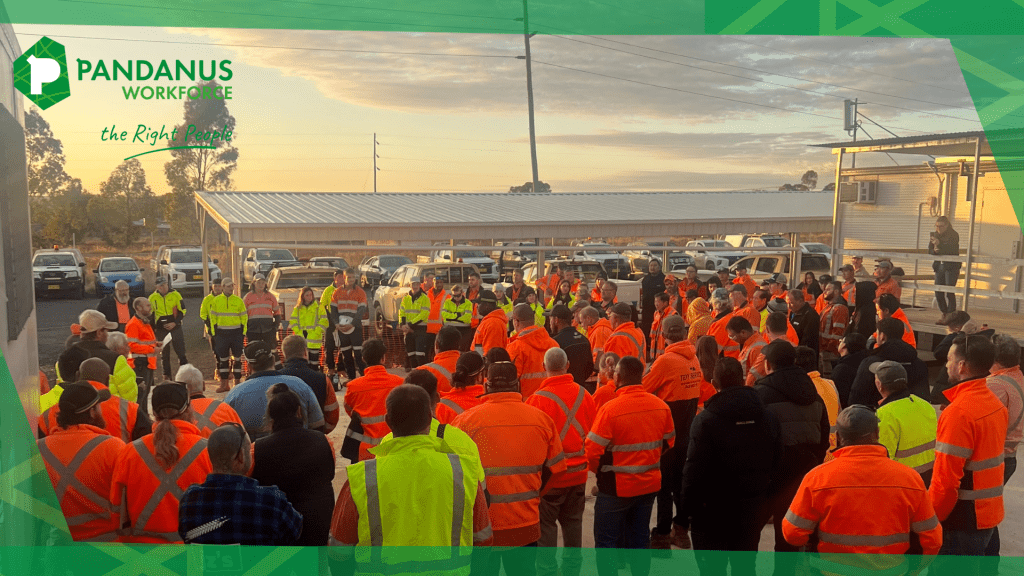
Labour Hire
Winning Talent War with Labour Hire
Introduction: The Reality of the War on Talent Across Australia—particularly in regional markets—the war on talent is more intense than ever. Skilled workers are in…

Introduction: The Reality of the War on Talent Across Australia—particularly in regional markets—the war on talent is more intense than ever. Skilled workers are in…

In a world where workforce challenges are intensifying and skilled Labour shortages are the norm, businesses are re-evaluating how they attract, retain, and manage their…

Across regional Australia, critical infrastructure projects are shaping the future of our communities — connecting regions, improving freight efficiency, and boosting local economies. Behind these…

In the construction game, experience matters. Local knowledge matters. Reliability matters. And that’s exactly what Pandanus Workforce delivers. With over 45 years of personal Northern…
